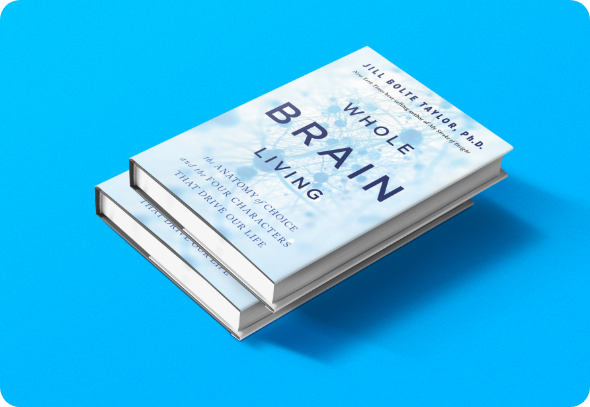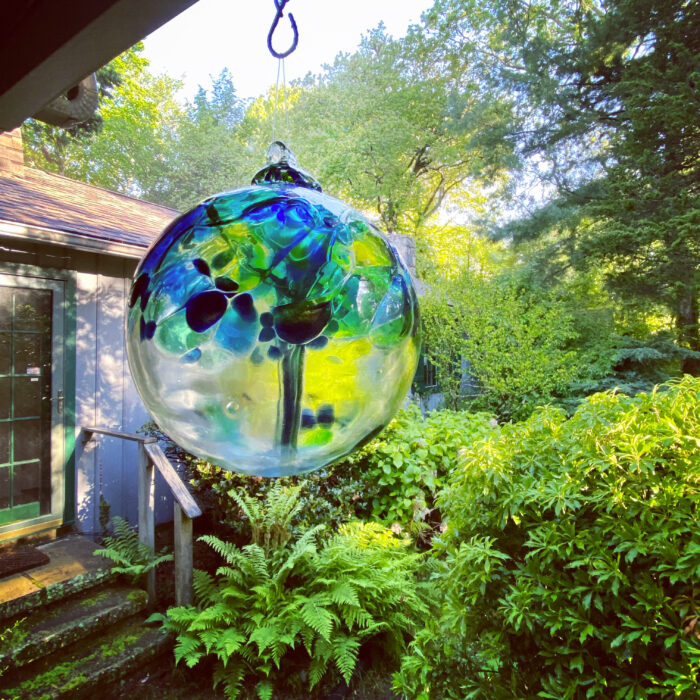
I’ve been following Jill Bolte Taylor since she had her stoke. Imagine at the age of 37, losing your capacity to talk, read, write, or recall the history of your life. But she recovered. And she has studied her healing every since.
Today I decided to listen to a podcast as I took my afternoon walk. I flipped my finger on my phone until it landed on Ten Percent Happier, a podcast I rarely miss. However, I hadn’t heard this one with Jill Bolte Taylor. Wow, I was so focused, I nearly tripped over a tree root.
Here’s a brief summary I’ve copied from her website. (I’ve now bought the book on Audible!)
She says: Our Four Characters take turns running our life. Our Character 1 goes to work, our Character 2 wants to make sure we are safe, our Character 3 gets us outside to play in the sun, and our Character 4 comes out when we feel grateful and connected to others.
Call a BRAIN Huddle, she says, when we want to make sure we are being who we want to be.
B for Breathe: Our breath is always with us.
R for Recognize: Once you bring your mind into the present moment, recognize which of your Four Characters you were exhibiting when you called the BRAIN Huddle.
A for Appreciate: Regardless of which character called the Huddle, appreciate the fact that you have four different characters and ask them all to participate in the Huddle.
(This is particularly important when our fear-based Character 2 has been triggered and could use some support.)
I for Inquire: Invite all Four Characters into the huddle, so they can collectively voice their opinions and consciously strategize your next move.
N for Navigate: Life is made up of sequential moments and once our Four Characters are all in the BRAIN Huddle, we then have the power to choose which character we would like to have come out next. This is how we own our power, and no one can take our power away from us. With all of our Four Characters gathered in the BRAIN Huddle, we can choose moment by moment who and how we want to be.
I have to admit, this brings out my Character #2 in full force and makes me want to take a nap! But her explanation of it on the podcast has given me a reason to learn more.
Practice this 20 times a day, she says. It takes an instant “pause.” Become familiar with the characters. It’s like learning a new language.
I do love learning.




